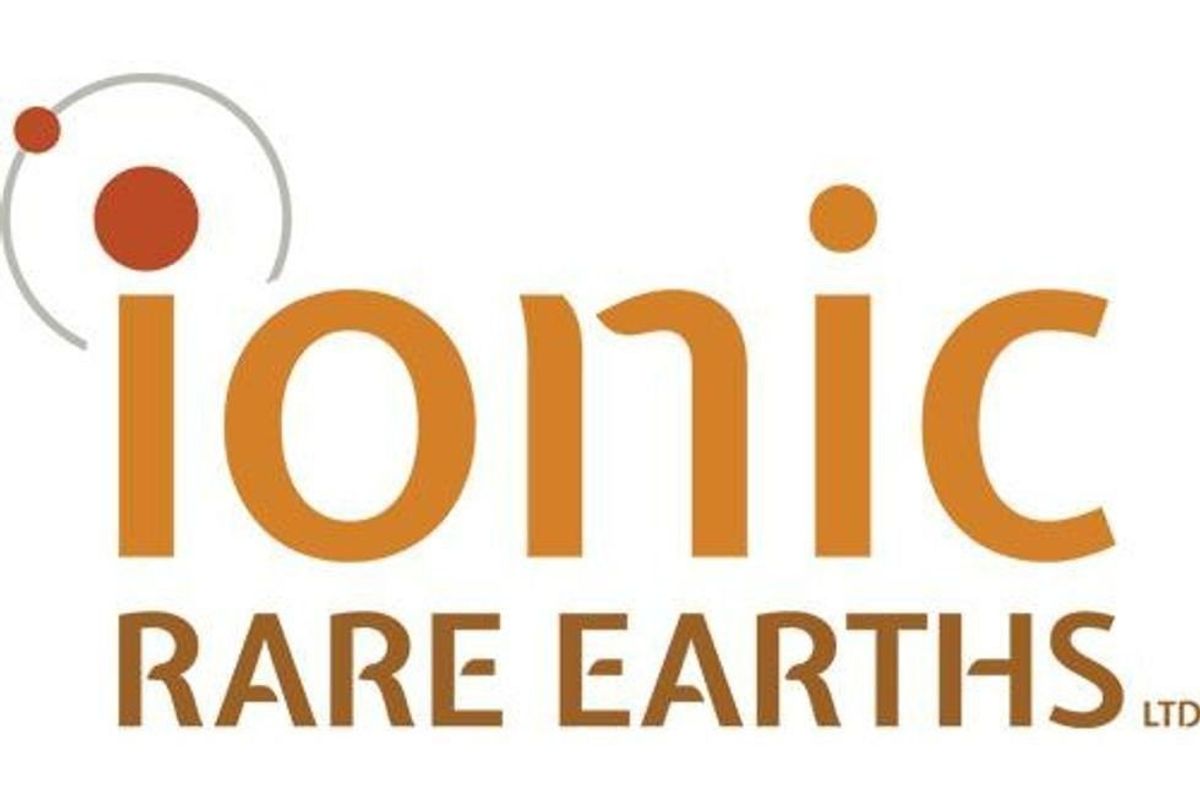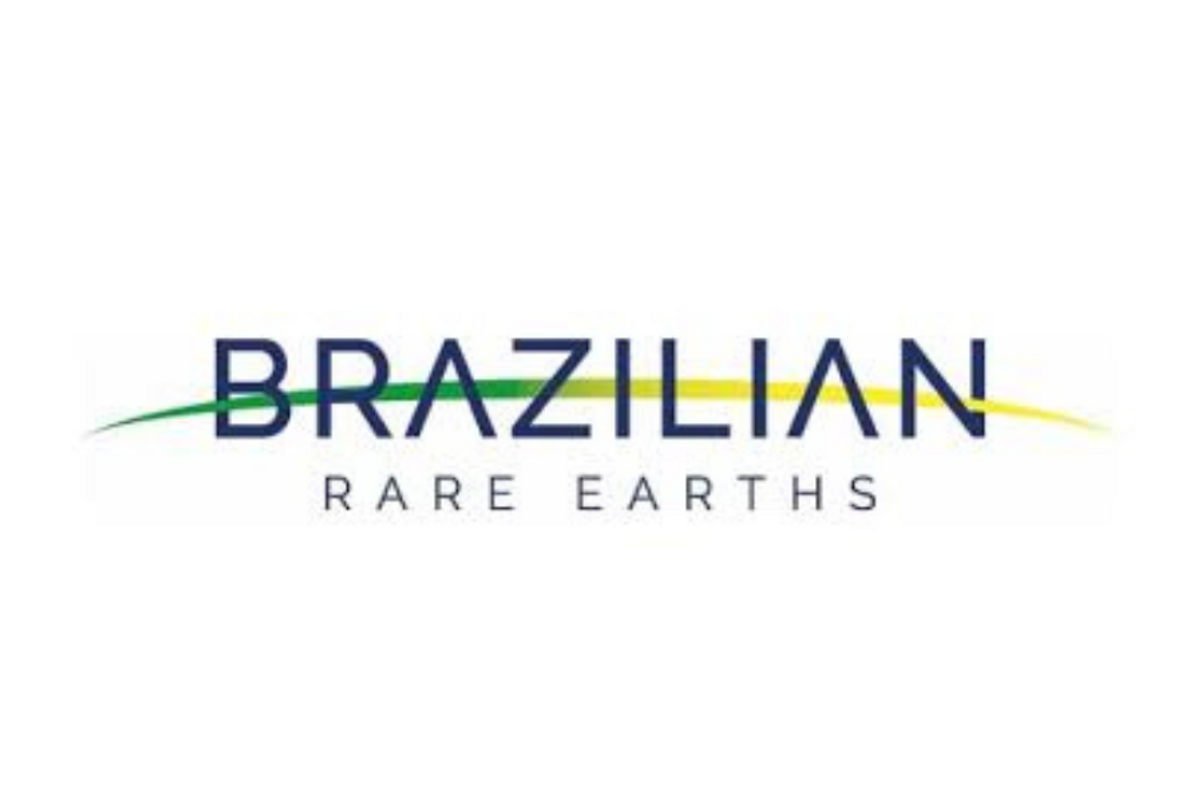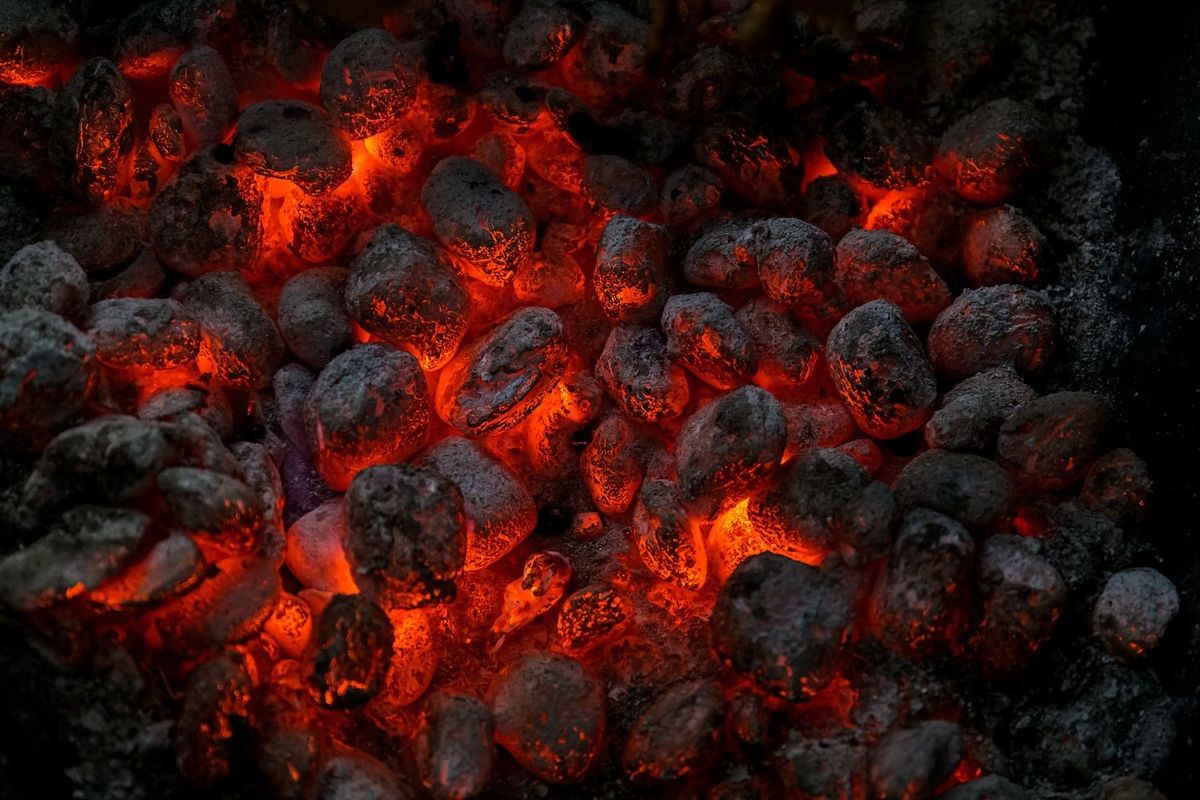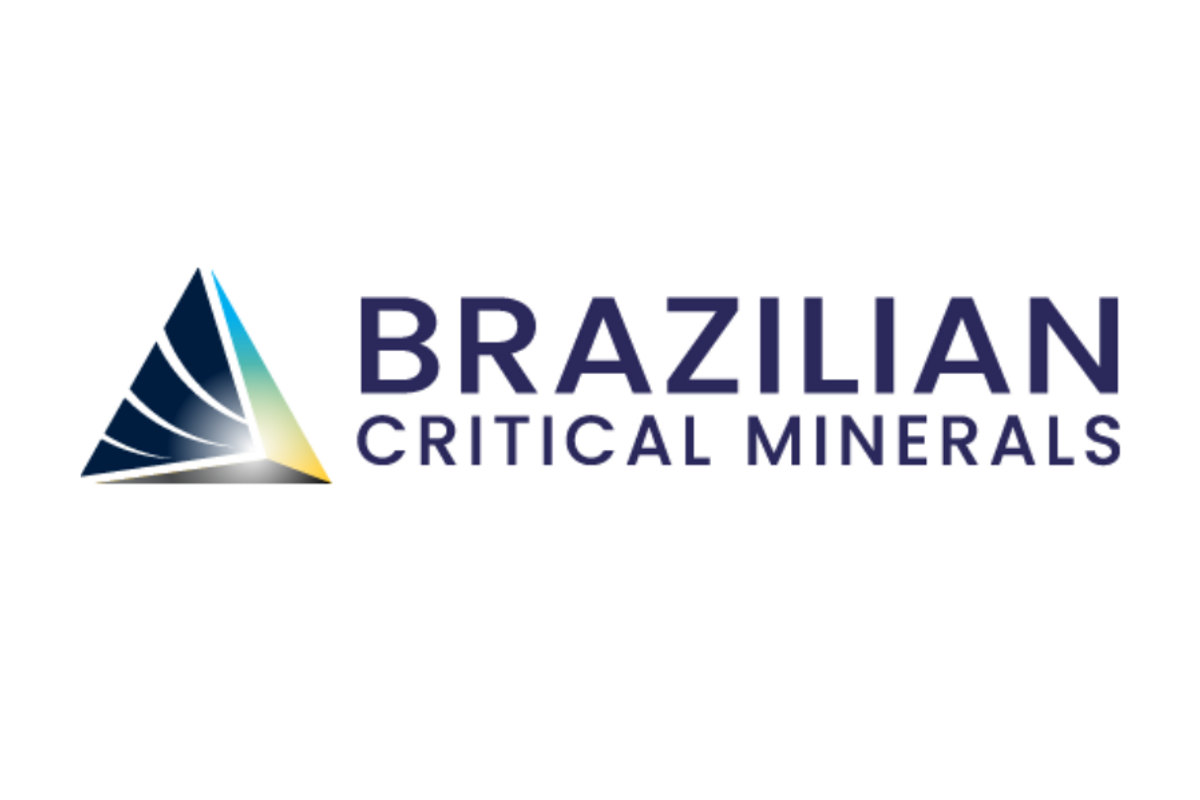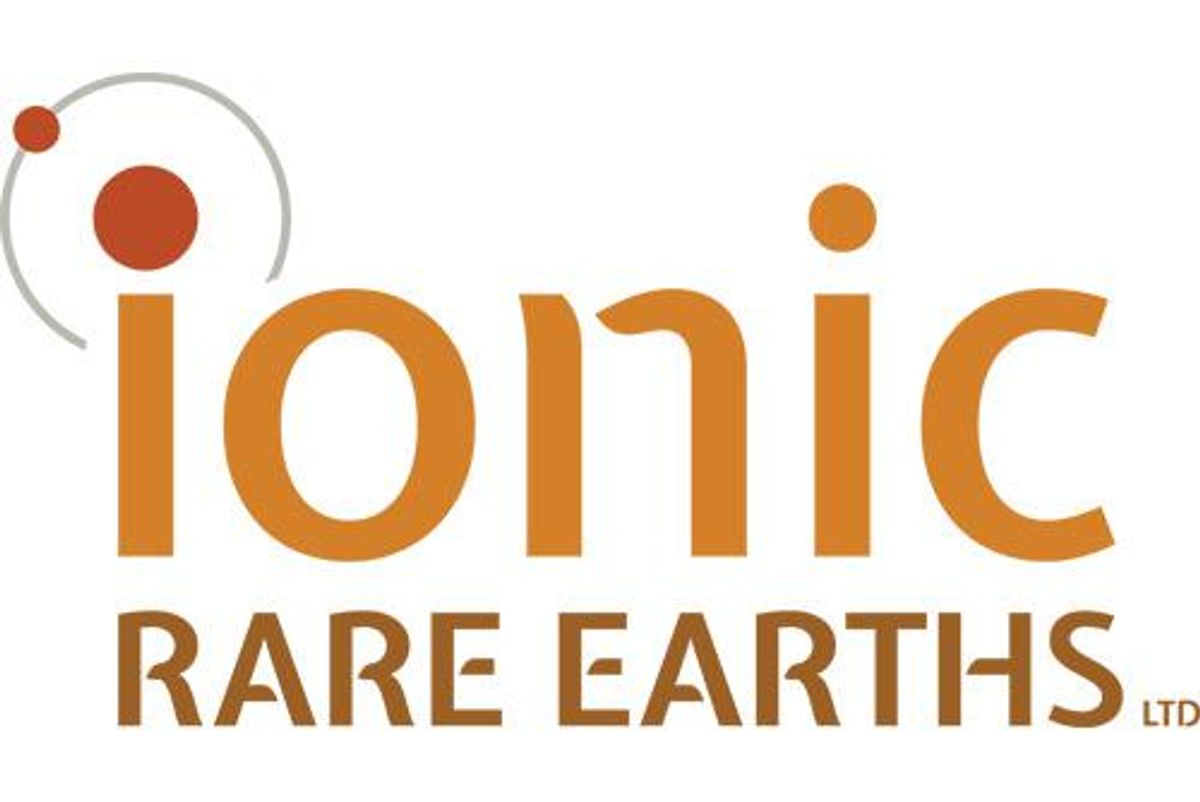
July 05, 2024
Ionic Rare Earths Limited (Ionic RE or the Company) (ASX: IXR) is pleased to provide an update on the acquisition of 100% of Seren Technologies Limited (SerenTech), a UK private company with unique and leading-edge rare earth separation technology, as announced on 8 December 2021.
SerenTech is commercialising technology using ionic liquids for separation and refining of rare earth elements (REE), which includes the full cohort of the proposed basket from Makuutu, consisting of the lanthanides series, Lanthanum (La), to Lutetium (Lu), plus Scandium (Sc) and Yttrium (Y).
SerenTech has an exclusive “patent and know-how” licence from Queens University Belfast (QUB) allowing it to develop and commercialise the technology. Additionally, SerenTech has also developed know-how in this area and lodged a further four (4) global patents, providing a pipeline of opportunities in which to deploy the technology.
Click here for the full ASX Release
This article includes content from Ionic Rare Earths, licensed for the purpose of publishing on Investing News Australia. This article does not constitute financial product advice. It is your responsibility to perform proper due diligence before acting upon any information provided here. Please refer to our full disclaimer here.
IXR:AU
The Conversation (0)
14 September 2023
Ionic Rare Earths
Low Capital Operations With the Potential for High Margins
Low Capital Operations With the Potential for High Margins Keep Reading...
17 September
Sulista Exploration Results Confirm a New High-Grade Rare Earth District
Brazilian Rare Earths Limited (ASX: BRE) (OTCQX: BRELY / OTCQX: BRETF) announces exploration results at the Sulista Project, located ~80km southwest of the Monte Alto project. The exploration program delivered outstanding outcomes across multiple targets, upgrading the Sulista Project to a... Keep Reading...
18 August
The Waste Debate: Can Rare Earth Elements be Extracted from Coal Ash?
Engineers from Monash University are saying they have found a better way to strengthen critical minerals and rare earths supply in Australia by recycling. A report by the university claims that coal fly ash (CFA), the powdery waste that comes out of burning brown coal, could be the next best... Keep Reading...
01 July
Rare Earths Extracted from Ema ISR Field Trial
ISR leaching confirms commercial scale viability using low concentration MgS04
Brazilian Critical Minerals Limited (ASX: BCM) (“BCM” or the “Company”) is pleased to announce that it has now successfully leached, extracted and precipitated rare earths from its in-situ recovery (ISR) pilot field trial at the Ema project. HighlightsFirst REEs successfully recovered under... Keep Reading...
15 April
Dalaroo Prepares Maiden Work Program for Blue Lagoon Zirconium, Niobium and Rare Earth Project in Greenland
Dalaroo Metals Ltd (ASX: DAL, “Dalaroo” or “Company”) is pleased to provide an update on planned activities at the Blue Lagoon Project in Greenland. HighlightsDalaroo has advanced planning for upcoming maiden field season at the Blue Lagoon Zr- Nb-REE project, Greenland. Field work will be... Keep Reading...
26 March
High-Grade Discoveries Enhance Scale of Pelé Project
Brazilian Rare Earths Limited (ASX: BRE) (OTCQX: BRELY / OTCQX: BRETF) is pleased to report the results of exploration drilling at the Pelé Target 1 Project, located in Bahia, Brazil. New discovery of high-grade REE-Nb-Sc-Ta-U mineralisationHigh-grade diamond drill results at Pelé Target 1... Keep Reading...
26 February
Ema Rare Earths Scoping Study Confirms Potential for Ultra Low CAPEX and OPEX Project, Showing Strong Financial Returns at Current Commodity Prices
Brazilian Critical Minerals Ltd (BCM or the Company) (ASX: BCM) advises of completion of a Scoping Study on its 100%-owned EMA Rare Earths Project (Ema Project) in southeastern Amazonas, Brazil. The Scoping Study was completed utilising industry recognised experts in the Australian engineering... Keep Reading...
Latest News
Interactive Chart
Latest Press Releases
Steadright Grants Stock Options
24 December
Silverco Confirms No Material Change
24 December
Related News
TOP STOCKS
American Battery4.030.24
Aion Therapeutic0.10-0.01
Cybin Corp2.140.00
